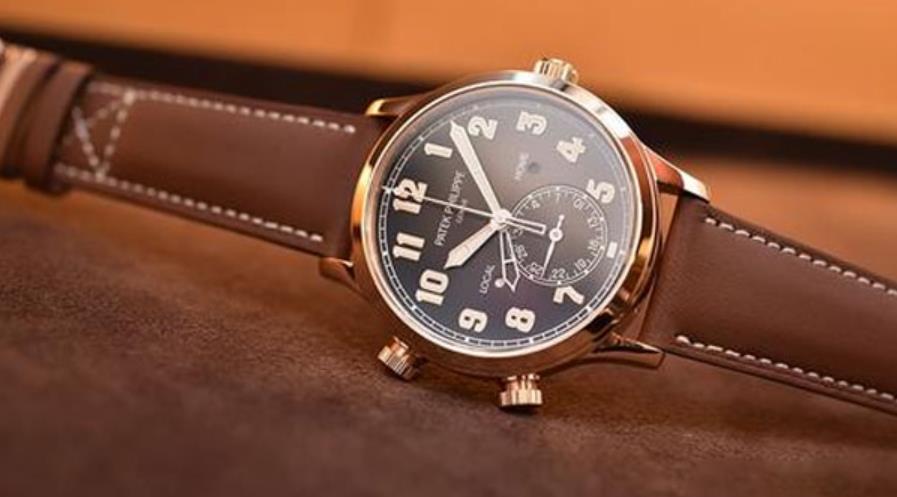The development history of quartz watches
![]() Nov 07,2023
Nov 07,2023
![]()
The history of the quartz watch is a fascinating journey that revolutionized the watch industry by introducing highly precise and reliable timekeeping mechanisms. With its birth, people no longer have to worry about winding their watches. Next, the quartz watch manufacturer will share its key milestones and development history.
1. 1927 - Piezoelectric effect of quartz crystals
In 1927, two French scientists, Paul Langevin and Eugene Jaeger, discovered the piezoelectric effect of quartz crystals, laying the foundation for quartz watch technology. This effect refers to the ability of quartz crystals to generate voltage when subjected to mechanical stress and vice versa.
2. 1930s - preliminary experiments
In the 1930s, various experiments were conducted to exploit the piezoelectric effect for timekeeping, but due to the size and power requirements of early quartz crystal resonators, the technology was not yet practical in the watchmaking industry.

3. 1950s - Development of quartz resonators
Throughout the 1950s, researchers and engineers made significant progress in miniaturizing and improving quartz resonators, making them suitable for use in wristwatches. The efforts of Bell Telephone Laboratories, the U.S. military, and Swiss and Japanese watchmakers played an important role in this development.
4. 1960 - Launch of Bulova Accutron
In 1960, American watch company Bulova launched the Accutron, one of the first successful attempts to create a chronometric device using a tuning fork system. Although it is not a quartz watch in the modern sense, it marks an important step towards greater timekeeping accuracy.
5. 1967 - The first Swiss quartz clock
In Switzerland, researchers at the Center for Electronic Horology (CEH) launched the first Swiss quartz clock, a milestone in the development of quartz technology.
6. 1969 - Seiko Astron launched
On Christmas Day 1969, Seiko launched the Seiko Astron, the world’s first commercial quartz watch. It features a high-precision quartz crystal oscillator and digital display, setting new standards for watch accuracy and reliability.
7. 1970s - Quartz Revolution
The launch of Seiko Astron marked the beginning of the “quartz revolution.” Quartz watches quickly gained popularity because of their exceptional accuracy, the lack of regular winding, and the reduced maintenance required. Swiss watchmakers also began producing quartz watches to compete with Japanese brands.
8. From the 1980s to the present - Continuous Innovation
Quartz watch technology continues to evolve, resulting in the development of a variety of quartz movements, including analog and digital displays, multi-function functions, and improvements in energy efficiency. Quartz watches are popular for their accuracy and affordability and are available in a variety of styles and designs.
Quartz watches are famous for their accuracy and have become a mainstream product in the watch industry. They coexist with mechanical watches and digital timekeeping devices, giving consumers a variety of options to suit their preferences and needs. We are a quartz watch manufacturer. If you need to customize a quartz watch, please contact us.












